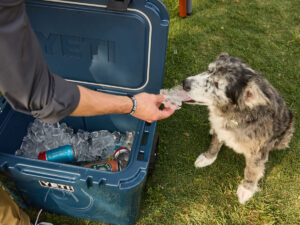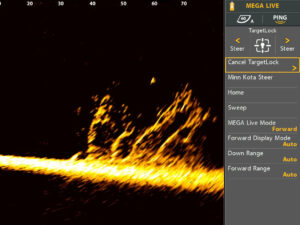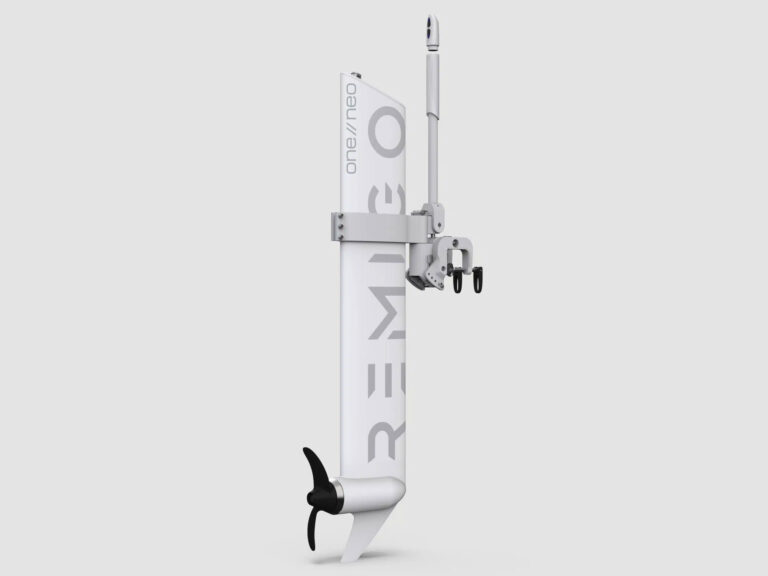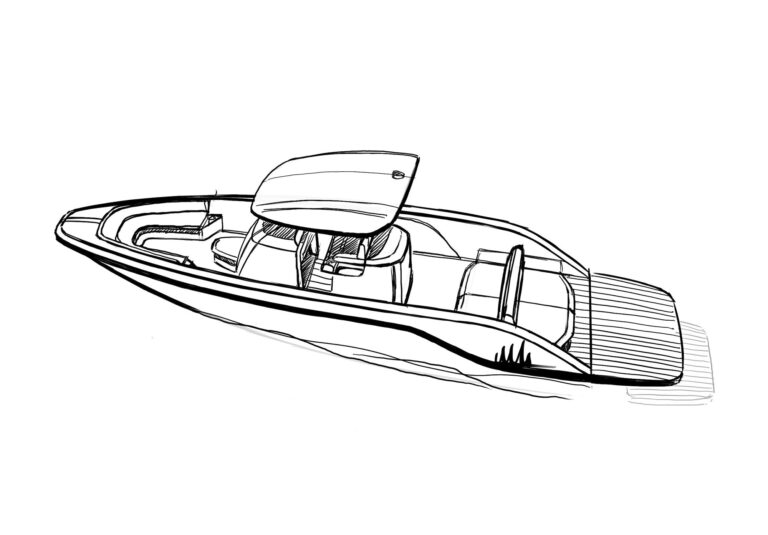For humans, a blood test is part of a routine physical. Likewise, testing fluids in a marine engine tells plenty about its condition. With a century’s experience lubricating billions of internal combustion engines, petroleum engineers have developed sophisticated oil blends that protect engine parts, pick up materials that wear off, and keep them in suspension. These blends neutralize acids that form and cleanse internal surfaces. Modern engine oils adjust viscosity according to engine temperature.
In time, the load of worn materials begins affecting the oil’s lubricating capability. Combustion byproducts slide past piston rings under pressure generated as cylinders fire. This “blow-by” carries unburned fuel, especially if the engine is operating inefficiently. Then it’s time for an oil change, a transfusion of fresh “body fluid.”
It’s also a chance to test the old “blood,” to see what materials and how much the oil is carrying. When the engine is new and tuned correctly, the test should show low wear levels and no blow-by, but early and routine tests establish a baseline for tracking the engine’s condition over its useful life, just as routine stress tests do for humans. When something changes, those tests catch it before it becomes critical, saving time and premature failure.
How Oil Gets Tested
Testing labs have made oil analysis inexpensive and quick, with 24- to 48-hour email turnaround. For metal elements, they use inductively coupled plasma (ICP), in which oil is vaporized and sent through a spectrophotometer to measure the concentration at each light wavelength (color). The lab correlates those light levels with the amount of each metal present in the sample. The results summary includes a chart of “wear metals,” whose presence indicates they have worn off their components and are contaminants, as well as other factors. The report comments on what the results mean and recommends the most appropriate interval for future oil changes.
Taking Oil Samples
Analyzing an oil sample costs about $30 (including shipping). That’s a technology bargain. The next time you order an oil change, ask for analysis. Most service techs have specific labs they work with. If you change your own oil, the process is easy. Get a sampling kit with instructions and follow them.
Be sure to share the results with the shop that services your engine. The value of oil sampling lies in how the numbers change over time. Oil analysis is a cheap way of ensuring a happy engine that enjoys a long service life.
Oil Analysis Resources
We have used the following sources of oil analysis and have been satisfied with the service. This list is by no means complete, and your local marina likely has an oil analysis firm that it works with if you need further recommendations.
Polaris Labs
877-808-3750
polarislabs.com
Blackstone Labs
260-744-2380
blackstone-labs.com/marine
SeaKits Inc.
800-262-8464
westmarine.com
Oil Crud
Oil tests show signs of wear by looking for metals and crud, such as…
Chromium from piston rings, cylinder liners and exhaust valves
Nickel from crankshafts, camshafts and valves
Aluminum from pistons and bearings
Copper from bushings and oil coolers
Lead and tin from the crankshaft main bearings
Titanium from bearings, valves, struts and connecting rod pins
Silicon, a “contaminant metal” indicating dirt. It’s more common in samples from land vehicles, but it can appear in a marine engine with a clogged air intake.
Sodium and potassium from the cooling system. A corrosion pinhole can admit antifreeze, diluting the oil. Most gas and diesel inboards in salt water have closed-loop freshwater systems, but they still have components through which raw water flows, like heat exchangers and aftercoolers.
Fuel from blow-by. It dilutes oil, triggering damage when moving parts scuff against one another.
Soot from incomplete combustion. It indicates dirty or worn injectors, improper fuel mixture, inadequate air intake flow, blow-by or an obstructed exhaust system. Diagnosing the problem and correcting it improves performance and lowers fuel consumption.









